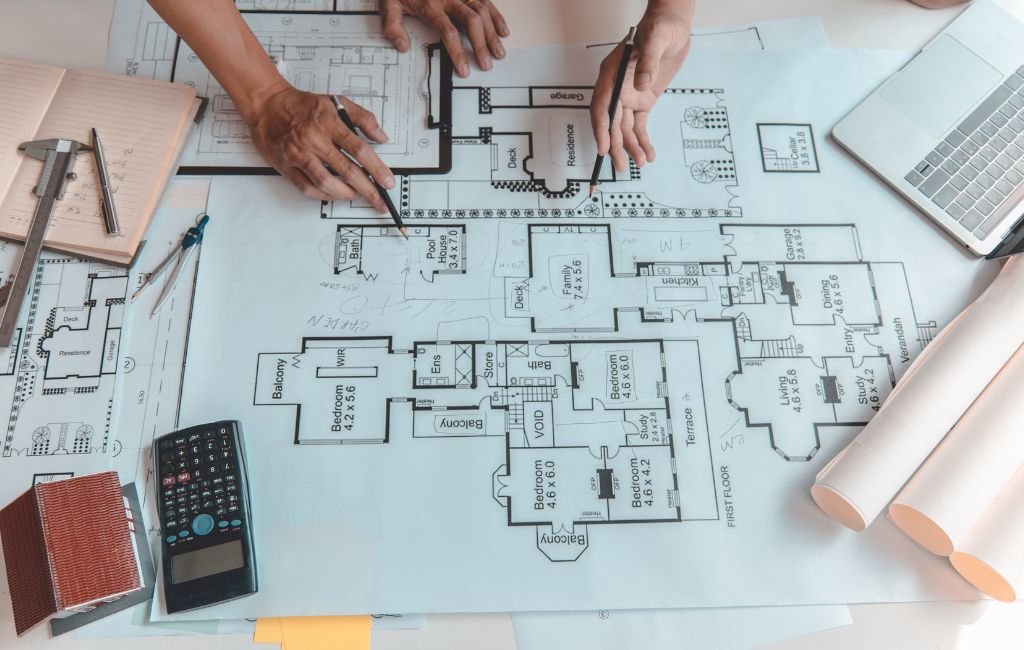
-
Table of Contents
- Green Architecture: Designing Eco-Friendly and Sustainable Buildings
- The Principles of Green Architecture
- Energy Efficiency
- Water Conservation
- Use of Sustainable Materials
- Indoor Environmental Quality
- Site Selection and Land Use
- Case Studies in Green Architecture
- The Bullitt Center, Seattle
- The Edge, Amsterdam
- Bosco Verticale, Milan
- The Benefits of Green Architecture
- Reduced Energy Consumption
- Lower Water Usage
- Improved Air Quality
- Enhanced Comfort and Well-being
- Cost Savings
- Challenges and Future Directions
- Conclusion
Green Architect Designing
Green architecture, also known as sustainable architecture, is a method of designing buildings that minimizes environmental impact. This approach integrates eco-friendly materials, energy-efficient systems, and innovative design techniques to create structures that are both functional and sustainable.
The Principles of Green Architecture
Green architecture is guided by several key principles that aim to reduce the environmental footprint of buildings. These principles include:
- Energy Efficiency
- Water Conservation
- Use of Sustainable Materials
- Indoor Environmental Quality
- Site Selection and Land Use
Energy Efficiency
Energy efficiency is a cornerstone of green architecture. Buildings are designed to use less energy through various means, such as improved insulation, energy-efficient windows, and the use of renewable energy sources like solar and wind power. For example, the Bullitt Center in Seattle is known for its net-zero energy consumption, thanks to its extensive solar panel array and geothermal heating system.
Water Conservation
Water conservation is another critical aspect. Green buildings often incorporate systems to reduce water usage, such as low-flow fixtures, rainwater harvesting, and greywater recycling. The Edge in Amsterdam, one of the most sustainable office buildings in the world, uses a rainwater collection system to meet its water needs.
Use of Sustainable Materials
The choice of materials plays a significant role in green architecture. Sustainable materials are those that have a low environmental impact, are locally sourced, and are recyclable or biodegradable. Bamboo, reclaimed wood, and recycled metal are popular choices. The David and Lucile Packard Foundation Headquarters in Los Altos, California, is an excellent example, featuring reclaimed wood and recycled steel in its construction.
Indoor Environmental Quality
Indoor environmental quality focuses on creating a healthy indoor environment. This includes using non-toxic materials, ensuring proper ventilation, and maximizing natural light. The PNC Tower in Pittsburgh, known for its green design, features a double-skin facade that enhances natural ventilation and reduces the need for artificial lighting.
Site Selection and Land Use
Choosing the right site and using land efficiently are vital components. Green buildings are often located in areas that reduce the need for transportation and promote the use of public transit. The Bosco Verticale in Milan, a pair of residential towers, incorporates extensive greenery to improve air quality and reduce urban heat island effects.
Case Studies in Green Architecture
The Bullitt Center, Seattle
The Bullitt Center is often referred to as the greenest commercial building in the world. It features a rooftop solar array that generates all the energy the building needs, a rainwater-to-potable water system, and composting toilets. The building’s design emphasizes natural light and ventilation, reducing the need for artificial lighting and air conditioning.
The Edge, Amsterdam
The Edge is a prime example of how technology can enhance sustainability. The building uses a smart lighting system that adjusts based on occupancy and natural light levels. It also features a rainwater collection system and a highly efficient heating and cooling system. The Edge has received the highest sustainability score ever awarded by the Building Research Establishment Environmental Assessment Method (BREEAM).
Bosco Verticale, Milan
Bosco Verticale, or Vertical Forest, is a pair of residential towers that incorporate over 900 trees and 20,000 plants. This greenery helps to absorb CO2, produce oxygen, and reduce noise pollution. The towers also use renewable energy sources and have a greywater recycling system.
The Benefits of Green Architecture
Green architecture offers numerous benefits, both for the environment and for building occupants. These benefits include:
- Reduced Energy Consumption
- Lower Water Usage
- Improved Air Quality
- Enhanced Comfort and Well-being
- Cost Savings
Reduced Energy Consumption
By using energy-efficient systems and renewable energy sources, green buildings significantly reduce energy consumption. This not only lowers utility bills but also decreases greenhouse gas emissions.
Lower Water Usage
Water-saving fixtures and systems help to reduce water usage, conserving this precious resource and lowering water bills.
Improved Air Quality
Green buildings often feature improved ventilation systems and use non-toxic materials, leading to better indoor air quality. This can reduce the incidence of respiratory issues and other health problems.
Enhanced Comfort and Well-being
Natural light, good ventilation, and the use of non-toxic materials contribute to a more comfortable and healthier indoor environment. This can improve the well-being and productivity of building occupants.
Cost Savings
While the initial cost of green building can be higher, the long-term savings on energy and water bills, as well as reduced maintenance costs, often outweigh the initial investment.
Challenges and Future Directions
Despite the many benefits, green architecture faces several challenges. These include higher upfront costs, a lack of awareness and expertise, and regulatory hurdles. However, as technology advances and awareness grows, these challenges are gradually being overcome.
The future of green architecture looks promising, with trends such as smart buildings, biophilic design, and the use of advanced materials gaining traction. As more people recognize the importance of sustainability, green architecture is set to become the standard for building design.
Conclusion
Green architecture represents a significant shift towards more sustainable and eco-friendly building practices. By focusing on energy efficiency, water conservation, the use of sustainable materials, and improving indoor environmental quality, green buildings offer numerous benefits for both the environment and occupants. While challenges remain, the future of green architecture is bright, promising a more sustainable and healthier built environment for all.